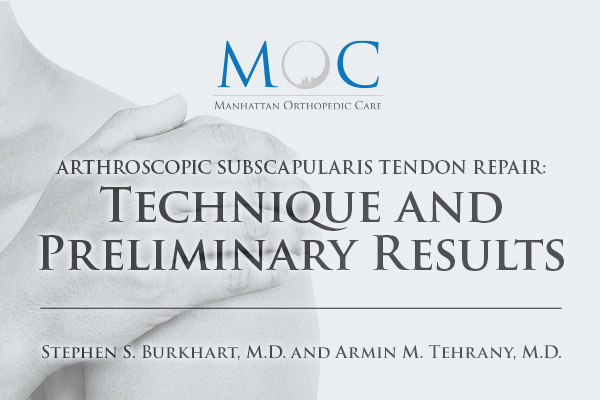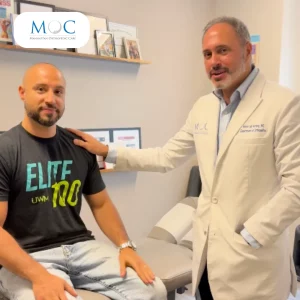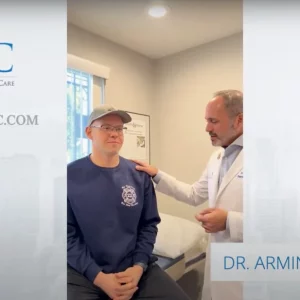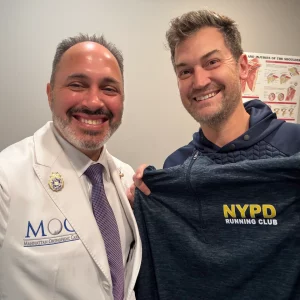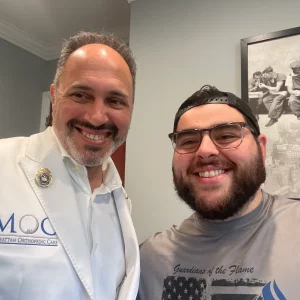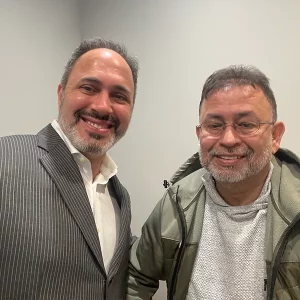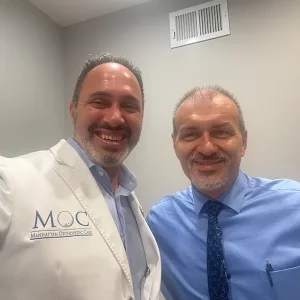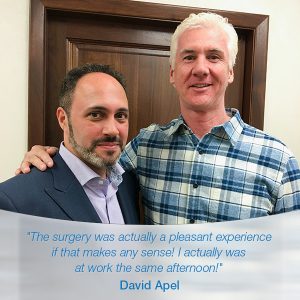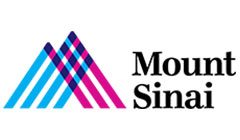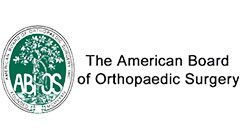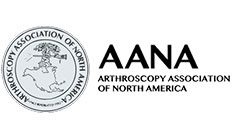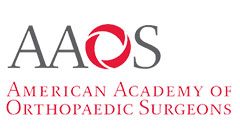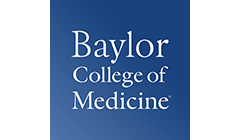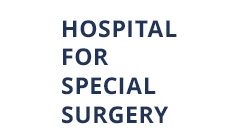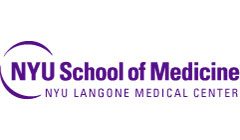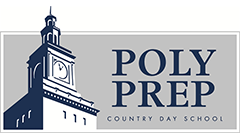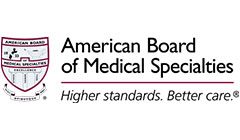We are pleased to share an article co-authored by Armin M. Tehrany, M.D, and Stephen S. Burkhart, M.D., called “Arthroscopic Subscapularis Tendon Repair: Technique and Preliminary Results” published in “Arthroscopy: The Journal of Arthroscopic and Related Surgery, Vol 18.”
The Journal of Arthroscopic and Related Surgery is a leading peer-reviewed journal in the field of arthroscopic surgery. In the world of orthopedic surgery, the journal is known as the premier library for everything related to minimally invasive procedures.
Every issue reviews the usefulness of various emerging arthroscopic surgery techniques. It perfectly summarizes the details of all advantages and disadvantages of the arthroscopic methods, constructively describing their applications in various surgical situations. One of most beneficial aspect is that they are discussed in relation to their efficiency, efficacy and cost benefit. Along with the printed issue, the Arthroscopy Journal is also available online, featuring full articles, video clips, short reports, and MEDLINE links to related articles.
In 2002, our leading orthopedic doctor, Dr. Armin Tehrany teamed up with Dr. Stephen S. Burkhart, M.D and published the Arthroscopic subscapularis tendon repair article.
The article was published with a goal to evaluate the preliminary results of 25 consecutive arthroscopic subscapularis tendon repairs. Whereas arthroscopic procedures had originally taken place for smaller tears, this article proves how the technique used for repairs involving arthroscopy could be applied to larger tears as well. The article refers to a study of 31 patients who underwent arthroscopic subscapularis repairs and presents their progress. It also provides helpful diagrams of the “Napoleon Test” used to indicate a subscapularis tear.
The article was published in May – June 2002 issue, pp 454–463.
Abstract
Type of study: Case series.
Methods: All 25 shoulders had longer than 3 months follow-up, with an average of 10.7 months (range, 3 to 48 months). The average age was 60.7 years (range, 41 to 78 years). The average time from onset of symptoms to surgery was 18.9 months (range, 1 to 72 months). The shoulders were evaluated using a modified UCLA score, Napoleon test, lift-off test, radiographs, and magnetic resonance imaging (MRI). Indications for surgery included clinical and/or MRI evidence of a rotator cuff tear. An arthroscopic suture anchor technique devised by the senior author (S.S.B.) was used for repair.
Results: UCLA scores increased from a preoperative average of 10.7 to a postoperative average of 30.5 (P <.0001). By UCLA criteria, excellent and good results were obtained in 92% of patients, with 1 fair and 1 poor result. Forward flexion increased from an average 96.3 degrees preoperatively to an average 146.1 degrees postoperatively (P =.0016). Eight of 9 patients with a positive Napoleon test had complete tears of the subscapularis. All 7 patients with a negative Napoleon test had a tear of the upper half only. The lift-off test could not be performed reliably due to pain or restricted motion in 19 of the 25 patients. Eight patients had isolated tears of the subscapularis. The remaining 17 patients had associated rotator cuff tears with an average total tear size of 5 x 8 cm. Ten patients had proximal migration of the humerus preoperatively. Eight of these 10 patients had durable reversal of proximal humeral migration following surgery. These 8 patients improved their overhead function from a preoperative “shoulder shrug” with attempted elevation of the arm to functional overhead use of the arm postoperatively.
Conclusions: (1) The senior author has been able to consistently perform arthroscopic repair of torn subscapularis tendons, with good and excellent results, in 92% of patients. (2) The Napoleon test is useful in predicting not only the presence of a subscapularis tear, but also its general size. (3) Combined tears of the subscapularis, supraspinatus, and infraspinatus tendons are frequently associated with proximal humeral migration and loss of overhead function. Arthroscopic repair of these massive tears can produce durable reversal of proximal humeral migration and restoration of overhead function.
The complete article is available for download here.










